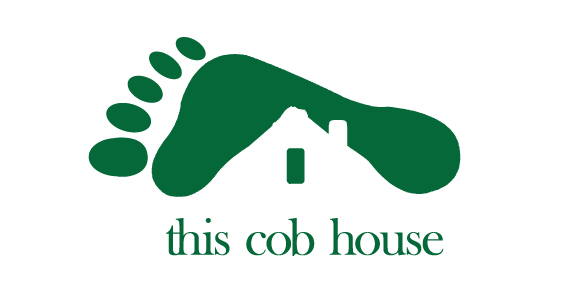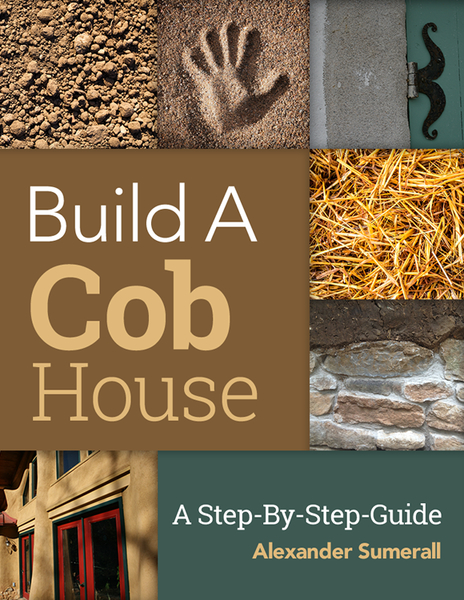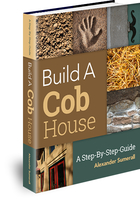For those of us in the northern hemisphere, its already Spring again! That means it’s the ideal time to begin working with cob.
And if you’re one of the many people who want to start learning earth building skills, now is the best time to get started.
Start small and progress to larger projects as you learn.
I always recommend for students to begin with building a cob oven. You know, those great little ovens for baking bread and pizzas in! This is a simple project that will teach you the fundamentals of cob construction, its inexpensive to build one, and it doesn’t take a long time to complete.
So, to build a cob oven there are a few core lessons that you will experience with this project:
- How to Build a Foundation
- How to Mix and Apply Cob
- How to Mix and Apply Natural Finishing
- How to Build a Basic Roof Structure
And guess what! These are all core components of any cob building. So, by learning how to build a cob oven, you are in fact learning the basics of how to build a cob house or any other cob/earth structure.
Building a Cob Oven Foundation
A cob oven does not require as robust of a foundation as a building does, but there are still some essential things that you must do to have a long-lasting cob oven.
It must have a strong and stable foundation. This is the base upon which your cob oven will rest. Since its not a building, we don’t have to concern ourselves as much with earthquake resistance and coding specifications. But we still have to follow some core principles.
Make sure that the bottom of the foundation (whatever type you use) is built below the frost line. This will prevent “frost heave” from occurring. Frost heave is when water goes underneath your foundation footing, freezes, and shifts your foundation. This can’t happen if your foundation is built extending below the frost line. (Your frost line will be location-specific to where you are)
Another way to help prevent frost heave is to have proper water drainage around and underneath your foundation. This can include the use of rubble trenches to collect water around the structure and then channel it out and away. This keeps water both from getting underneath your foundation and also prevents water from wicking up or tracking into your actual cob structure.
A foundation can be built from a variety of possible materials: stones, bricks, concrete, cinder blocks, rammed earth tires, etc…
The height of your foundation also plays an important role in the design of your foundation.
The portion of the foundation above-ground is usually referred to as the stemwall. For buildings, this stemwall portion is recommended to be at least one foot above the ground level.
The stemwall of the foundation keeps the cob oven (or walls) off of the ground and away from running water. This is important for keeping cob dry. Unless you’re building in a very arid climate, I recommend stem walls of one and a half feet above grade.
For a cob oven, you will want the stemwall of your foundation to come up to about waist height. This not only keeps the oven well off the ground, but it will be more comfortable for you as the user of the oven.
There are many ways to build a foundation, but keep these basic principles in mind whether you’re building a cob oven or a cob house.
If you want to learn how to build a traditional stone foundation for your cob oven or cob house, I have a more in-depth article. Click here to read the full article.
Next, I’ll give you the basics of how to mix cob. Then you can go in your backyard and try it out for yourself.



